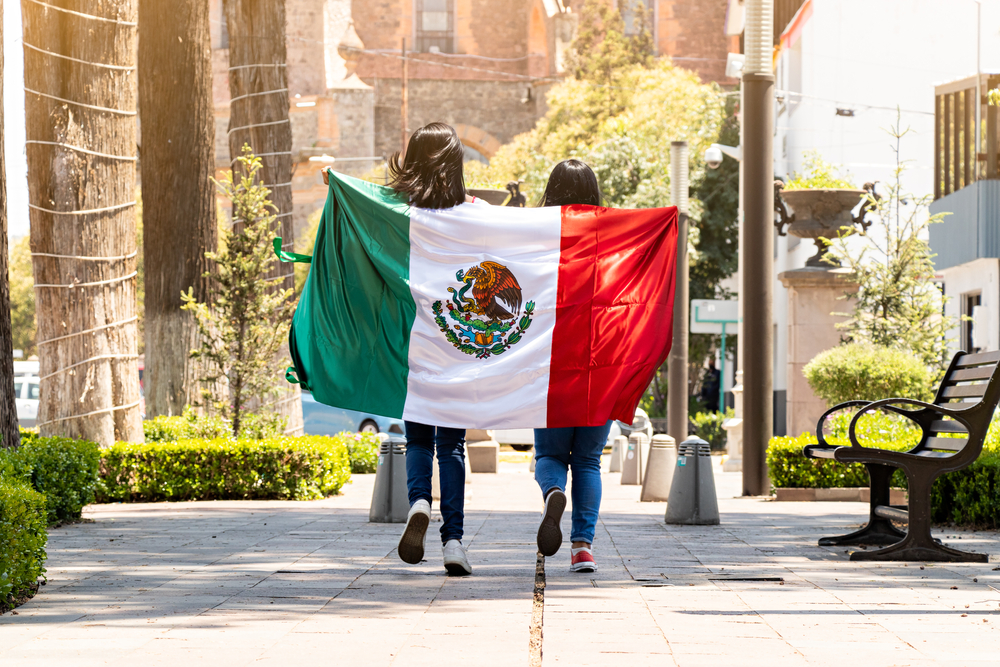National Symbols: National Day
Independence Day
Date
September 16
Background
The Spaniards arrived in Mexico in 1519 and conquered the Aztec empire in 1521. Thus began three hundred years of oppression and suffering of the indigenous Mexican people at the hands of their Spanish conquerors. Napoléon Bonaparte conquered Spain in 1808 and replaced King Ferdinand with his elder brother Joseph. Taking advantage of this development, Dolores town’s Catholic priest Miguel Hidalgo y Costilla rang the church bell early on September 16, 1810, and urged the peasants and mestizos to revolt against Spain. This started Mexico’s eleven-year war of independence from Spain that ended on August 24, 1821, with the Treaty of Córdoba. On September 28, 1821, Mexico was officially declared an independent nation.
Description
Independence Day (Día de la Independencia) celebrates Mexico’s independence from Spain. Official celebrations start at 11 p.m. on September 15 when the Mexican president reenacts the ringing of the same church bell and Father Hidalgo’s call to arms. He shouts Hidalgo’s “Mexicanos, Viva Mexico!” and the crowd responds “Viva!” Flags wave and the national anthem is played. Local officials reenact the “Cry of Independence” across the country. People gather at the zócalo (town square) dressed in the national costume. A mariachi band plays while the crowd makes as much noise as possible. A fireworks display follows the formal ceremonies.
The next day, September 16, is a day-long fiesta in many parts of Mexico. It is the country’s biggest Fiestas Patrias (Patriotic Holiday). Houses, government and private offices are decorated with the Mexican flag. The national colors of green, white and red are displayed on cars and buildings, hats, caps pins and balloons. A military parade is accompanied by marching bands, dancers in traditional costumes, and colorfully dressed horse riders. Rodeos, bullfights, carnivals, street performers, concerts, arts and crafts booths, and numerous food stalls line the local plaza.
Closures
Banks, government offices, business offices, and retail stores.
Copyright © 1993—2024 World Trade Press. All rights reserved.

 Mexico
Mexico 